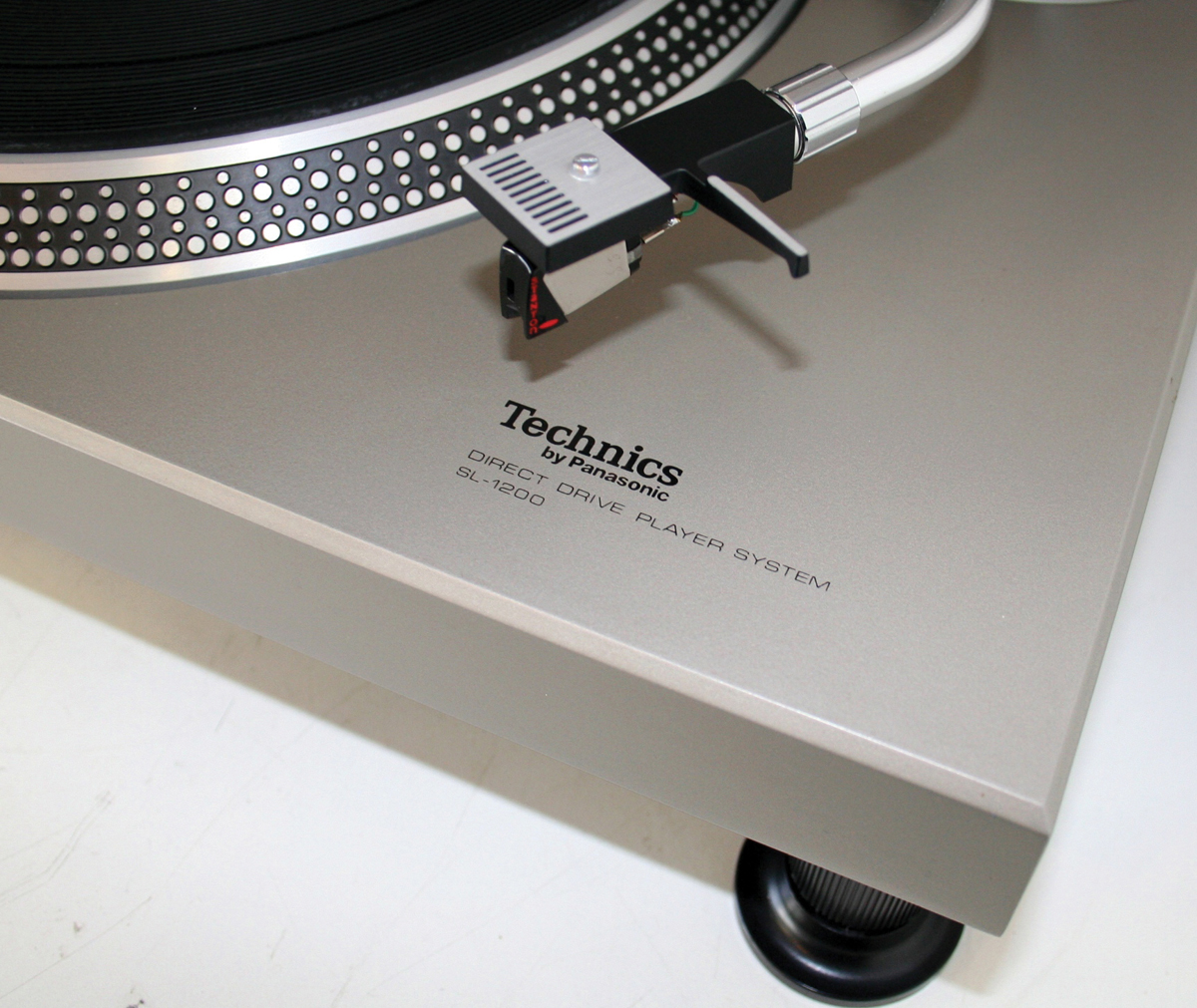Few pieces of audio equipment have shaped musical culture as profoundly as the Technics SL-1200 turntable. While the Fairlight CMI synthesizer revolutionised electronic music production and the Fender Stratocaster defined the sound of rock and roll, the SL-1200 played an equally pivotal role in the evolution of hip-hop, house music, and DJ culture as a whole.
Origins and Technical Innovation
Technics emerged as a brand of Matsushita Electric Industrial Co. (now Panasonic) in 1965, focusing on high-quality audio equipment. The original SL-1200 debuted in October 1972, targeting audiophiles with its groundbreaking direct-drive system, which Technics had first introduced in 1969 with the SP-10. The legendary MK2 version arrived in 1979, introducing the pitch control slider that would become crucial to its DJ applications.
The SL-1200’s technical specifications were impressive for its time and remain remarkable today:
- A robust direct-drive motor producing 1.5 kg/cm of torque
- Quick start-up time of 0.7 seconds to reach 33⅓ RPM
- Wow and flutter of less than 0.025% WRMS
- Signal-to-noise ratio of 78dB
- A die-cast aluminum chassis weighing approximately 12.5 kg
- The iconic S-shaped tonearm measuring 230mm
The turntable’s distinguishing feature was its direct-drive motor system. Unlike belt-drive turntables, where a belt connects the motor to the platter, the SL-1200’s platter was directly driven by a magnetic motor system. This design, combined with a heavy aluminum platter weighing nearly 2kg, provided exceptional speed stability and precise control.
Building the Foundation for New Musical Genres
The SL-1200’s technical capabilities proved transformative for emerging musical movements in the 1970s. In the Bronx, pioneering DJs like Afrika Bambaataa and DJ Kool Herc were laying the groundwork for hip-hop, while David Mancuso was revolutionizing the downtown New York club scene at The Loft.
Grandmaster Flash’s 1981 release, “The Adventures of Grandmaster Flash on the Wheels of Steel” (Sugar Hill Records), demonstrated the SL-1200’s potential as a musical instrument. This groundbreaking composition seamlessly blended samples from multiple sources, including The Sugarhill Gang’s “Rapper’s Delight” and Queen’s “Another One Bites the Dust,” establishing new techniques in what would later be termed “turntablism.”
Impact on Club Culture
The SL-1200’s influence extended beyond hip-hop into disco and house music. Its precision and reliability made it the standard equipment in nightclubs, where DJs needed to maintain continuous music flow. The turntable’s durability and consistent performance under heavy use made it particularly valuable in club environments.
The ability to smoothly transition between tracks using two SL-1200s and a mixer became fundamental to house music, with pioneers like Frankie Knuckles in Chicago helping to define the genre’s signature continuous mix format.
Legacy and Revival
Panasonic continued producing variations of the SL-1200 until 2010, when production temporarily ceased due to declining vinyl record sales and parts availability. However, the vinyl resurgence of the 2010s prompted Panasonic to reintroduce the turntable. In 2016, they launched the limited edition SL-1200GAE, followed by various new models including the SL-1200G and SL-1200GR.
The original SL-1200 series turntables remain highly sought after, with many units from the 1970s and 1980s still performing reliably today—a testament to their exceptional build quality and durability. Their influence on modern music production and performance is immeasurable, having played a crucial role in the development of multiple genres and DJ techniques that continue to shape contemporary music.
Just as the Fender Stratocaster defined the sound of rock music, the Technics SL-1200 became the instrument that enabled entirely new forms of musical expression, earning its place as one of the most significant pieces of music equipment ever created.
